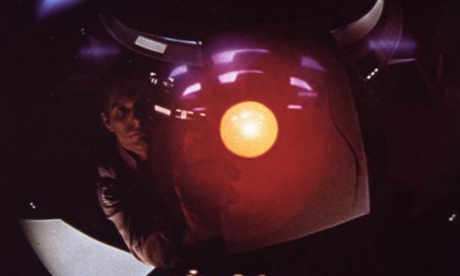 Two Tasmanian Devil females are seen in captivity at the Tasmanian Devil Conservation Park in Taranna. Half the world's mammals are declining in population and more than a third probably face extinction, according to an update of the "Red List," the most respected inventory of biodiversity. (Photo: Breitbart)
Two Tasmanian Devil females are seen in captivity at the Tasmanian Devil Conservation Park in Taranna. Half the world's mammals are declining in population and more than a third probably face extinction, according to an update of the "Red List," the most respected inventory of biodiversity. (Photo: Breitbart)Half Of Mammals 'In Decline', Says Extinction 'Red List'
-- Breitbart/AFP
-- Breitbart/AFP
Half the world's mammals are declining in population and more than a third probably face extinction, said an update Monday of the "Red List," the most respected inventory of biodiversity.
A comprehensive survey of mammals included in the annual report by the International Union for Conservation of Nature (IUCN), which covers more than 44,000 animal and plant species, shows that a quarter of the planet's 5,487 known mammals are clearly at risk of disappearing forever.
But the actual situation may be even grimmer because researchers have been unable to classify the threat level for another 836 mammals due to lack of data.
"In reality, the number of threatened mammals could be as high as 36 percent," said IUCN scientist Jan Schipper, lead author of the mammal survey, in remarks published separately in the US-based journal Science.
The most vulnerable groups are primates, our nearest relatives on the evolutionary ladder, and marine mammals, including several species of whales, dolphins and porpoises.
"Our results paint a bleak picture of the global status of mammals worldwide," said Schipper.
Read more ....
















